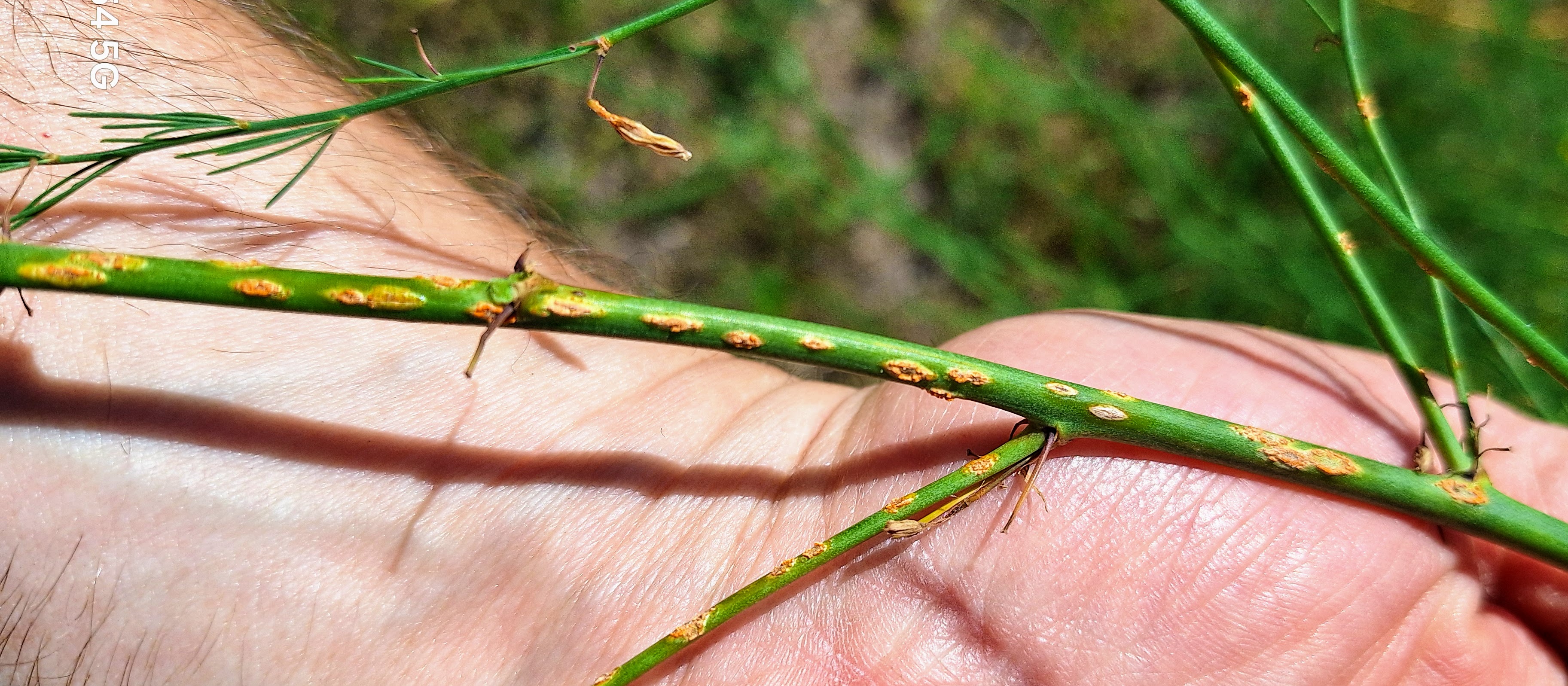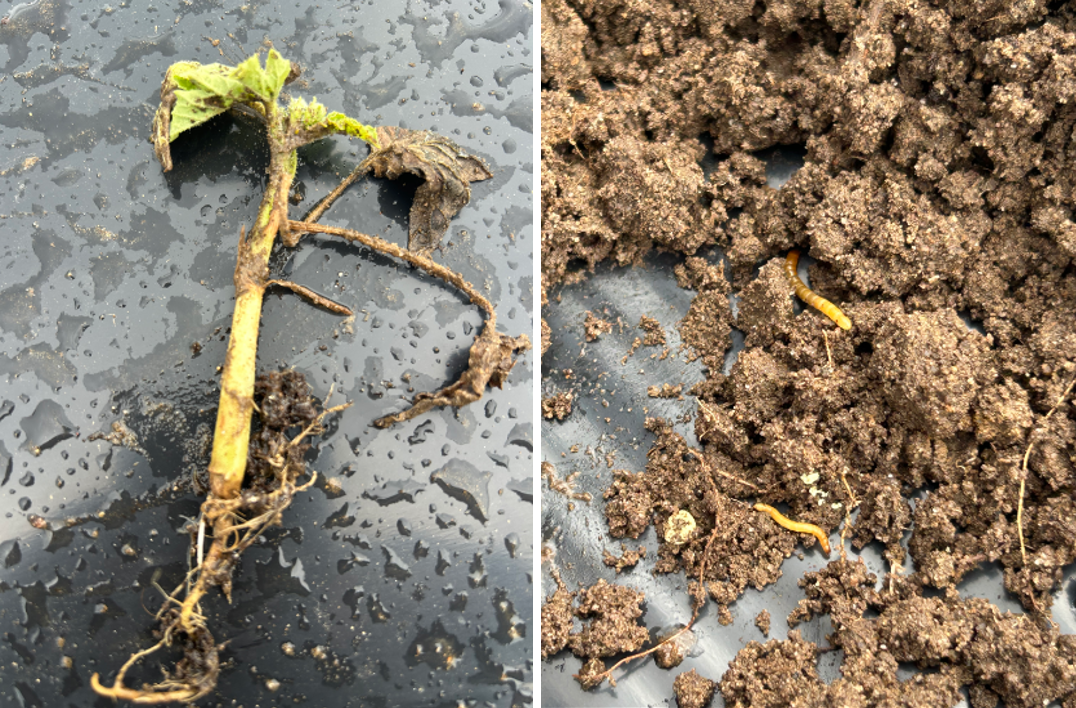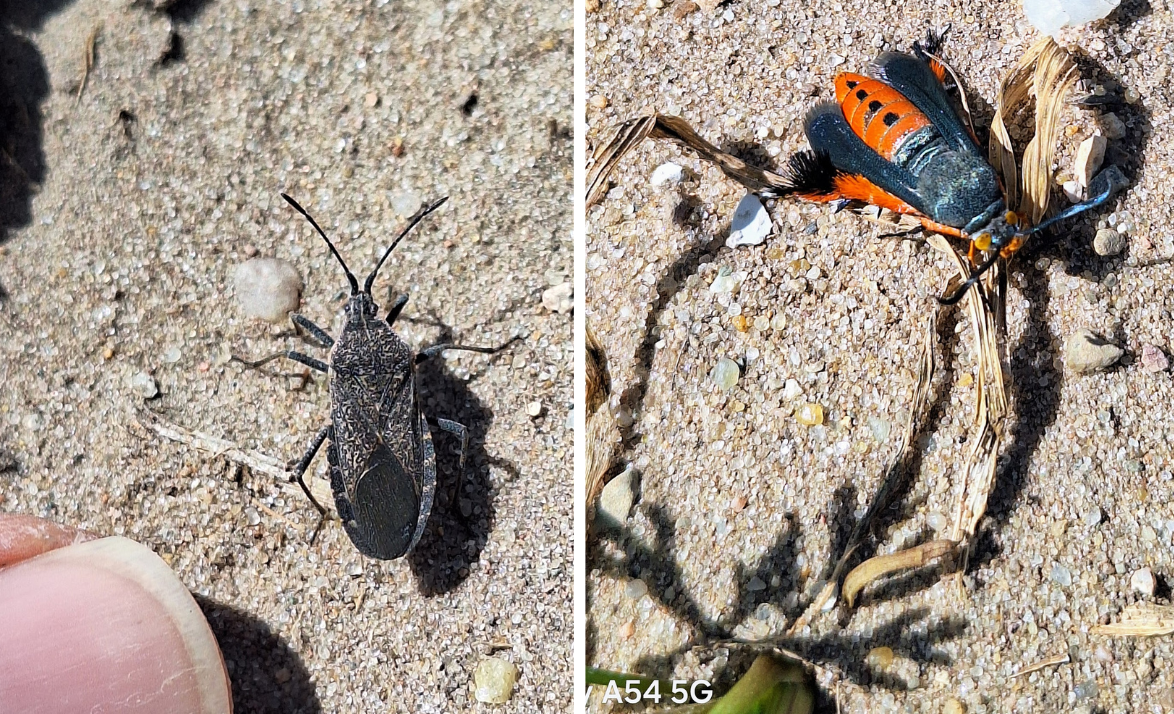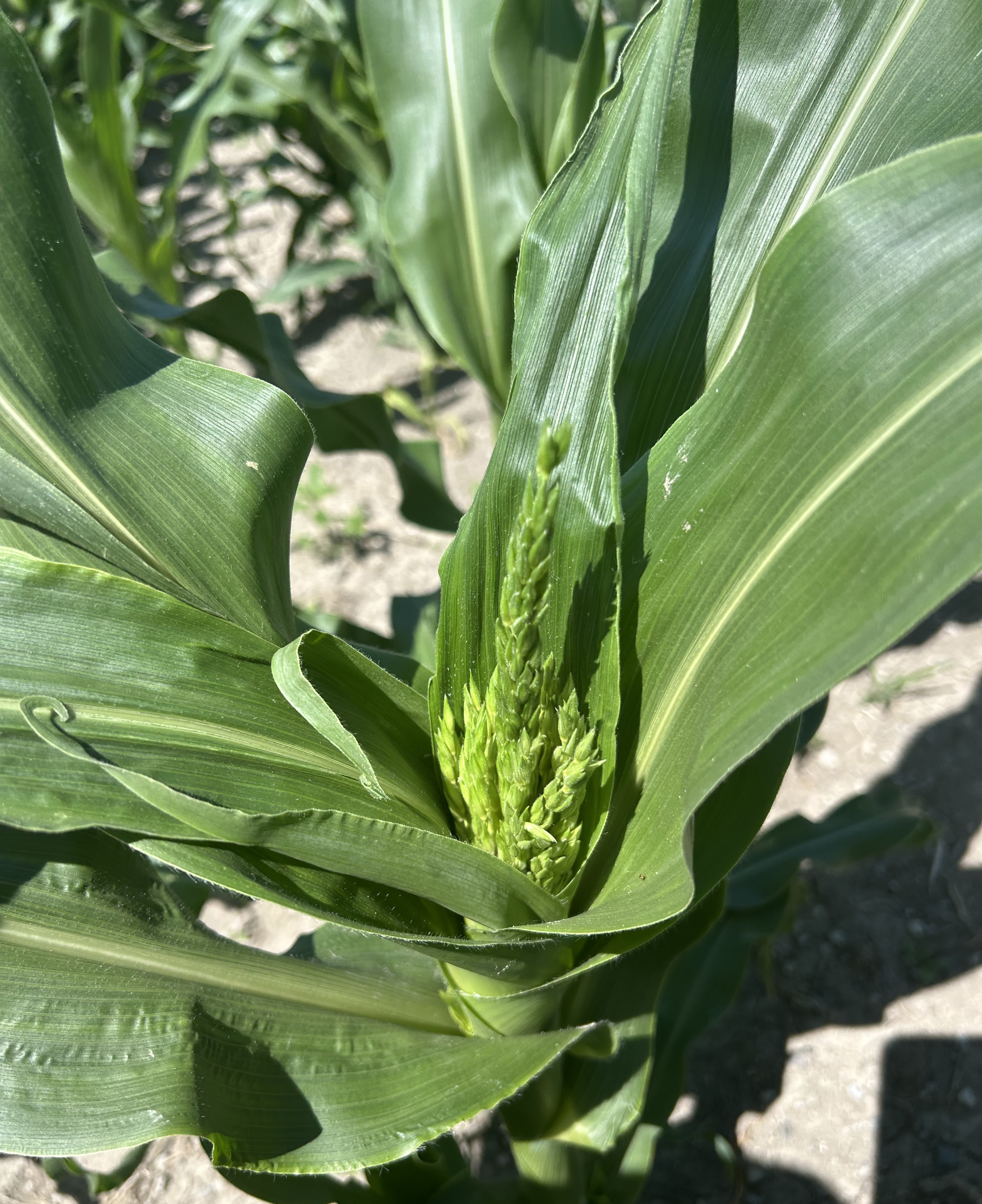Michigan vegetable crop report – June 25, 2025
Vegetable growers are persevering in their work despite the heat wave.

Weather
For the past week, a ridge in the jet stream brought a three-to-four-day heatwave with muggy dewpoints. To put it in perspective, our overnight lows were close to normal highs for the time of year. Heatwaves like this do happen about once every two to three years, but most of them happen later in July, August and September. This heatwave also coincided with the strongest sun of the season. Precipitation was heavy in southeast lower Michigan with up to 3 inches but sparser in other spots, especially southwest Michigan. Overall, degree day totals are close to normal for most of the state.
This week’s forecast calls for:
- Scattered showers and thundershowers statewide Wednesday evening (June 25) continuing Thursday and Friday. Partly sunny and warm Saturday. Rain possible once again Sunday and Monday.
- Precipitation totals of up to 2 inches in the Upper Peninsula ranging to a half-inch or less in southwest Michigan.
- High temperatures from the mid-70s north to mid-80s south Wednesday, warming to the upper 70s north to upper 80s south Thursday through this weekend. Lows from the mid-50s north to upper 60s south Thursday, warming into the 60s Friday through the weekend.
- Medium range outlooks call for an active storm track across the region, with near to above normal temperatures and rainfall.
- New long-lead outlooks for July and the July-September period are similar and call for near to above normal temperatures and precipitation totals.
Extreme heat for plants and people
Check out the below helpful resources.
Crop updates
Asparagus
Weed control is a focus as fields are shut down this week in west central Michigan. How do you choose herbicides? The best bet is to check with a knowledgeable practitioner; their wins and failures will help you succeed. Talk with them about rates for your soil and crop safety of any new tank-mix combination you use. The following covers some background knowledge. After a final harvest, growers apply a mix of burndown and preemergent herbicides.
One strategy is to choose a preemergent herbicide based on your worst annual weed, then fill in the gaps with a second or even third product. In west Michigan, redroot pigweed and Powell amaranth are typically the number one enemies. Historically, group 5 herbicides like Karmex and Tricor were a mainstay, but decades of use mean they are helpful for other weeds but not pigweeds. Other modes of action with activity include Prowl (group 3), Dual Magnum (group 15), Spartan and Chateau (group 14), and Callisto (group 27).
If possible, choose a product with a different mode of action than what was used preharvest. For example, if Spartan (group 14) was used prehavest, Prowl (group 3) could be considered for postharvest use. Now, it is time to fill in the gaps left by Prowl. Prowl has activity against crabgrass, sandbur and lambsquarters, but is weaker on other broadleaves. Depending on your B-team weeds, you could consider something like Tricor, which picks up a good spectrum of broadleaves not hit by Prowl. Other options hitting a swathe of broadleaves include Karmex and Sinbar.
Next come the burndowns. Glyphosate and 2,4-D are commonly used postharvest and will kill most emerged annuals. They are systemic herbicides and will suppress or kill perennial weeds. Growers may deviate from this standard burndown for special-case perennials. Be aware of conditions favoring drift, especially with herbicides like 2,4-D and dicamba that can volatilize. One other note: In west Michigan, some growers have taken to burning off dense pigweed canopies, mowing and then applying their preemergent herbicides. The thought is that dense pigweed canopies protect small weeds from applications and keep preemergent products from getting to the soil.
Prepare for the application by having harvest crews strip the field of spears or mowing low enough to knock down emerged spears, but leave some weed leaf surface area. Whips that have developed fern can catch glyphosate, and emerged spears can be injured by auxin products like 2,4-D.
Now on to disease! High dewpoints and warm overnight temperatures are favorable for development of foliar diseases including purple spot. It is a good time to protect young plantings if you have not already.
Rust lesions were present on side branches of one ferned out field this week, suggesting conditions have been favorable where inoculum is present. Earlier this year, giant orange lesions on the base of these stems were the initial colonizers. These big lesions produce aeciospores, which infect other parts of the plant. Next, “uredospores” are produced on side branches and stems. This is the stage that creates an epidemic. Tebuconazole is our main rust specific material and can be tank mixed with protectants as part of a foliar disease program.

Brassicas and greens
Broccoli, cabbage and many other brassicas are being harvested. Brassicas and many greens are cool-season crops by nature and extreme heat waves like this can cause issues with development. Check out this article from Purdue for a few thoughts on growing cool-season crops in warmer periods.
Carrots and celery
Aster leafhopper infectivity has been variable across the state. Check out the new map and sign up for text alerts.
Fresh-market carrots are being harvested on some farms. Celery is approaching harvest size.
Cucurbits
Cucumbers are sizing up and are starting to be harvested on some farms. Summer squash is being harvested. Melon plants and now pumpkin plants are coming along.
Downy mildew was detected in cucumbers this week. Read this article from Michigan State University Extension for more on the situation. It is time to protect cucumbers with effective products. Check the Downy Mildew News website for updates on spore trap results and current downy mildew news.
Wireworms have been reported in watermelon plantings. A former pasture field, now in its second year of vegetable production, is experiencing significant damage from wireworms. Unfortunately, control options are very limited once the crop has been planted. Wireworms are the larval stage of click beetles. While adult beetles do not harm vegetable crops, larvae can feed on a wide range of hosts, making them a serious concern for vegetable growers. To learn more about wireworms, check out these articles from Purdue University and the University of Massachusetts.

Squash vine borer and squash bug were spotted in a carrot field this week. Wait, what? The field in question had been planted to a cucurbit last year, so these insects must have emerged and will be on the wing looking for cucurbits. It was an interesting experience to see them there, reinforcing the benefits of rotation. No pumpkins to eat here.

Fruiting vegetables
Field-planted peppers are showing some bacterial disease symptoms after the big rain last week. Many Xanthomonas-resistant varieties exist but most are weak on Pseudomonas. High tunnel tomatoes are being harvested. Spider mites are showing up in tomatoes, pushed by the heat.
Onions and garlic
Garlic harvest should begin on many farms over the next few weeks.
Sweet corn
Sweet corn successions are being continuously planted.
Now is a good time to put corn earworm traps out in plantings where silking is on the horizon. For more information, watch these video tutorials on using pheromone traps to monitor corn ear worm in sweet corn.
It is also a good time to bookmark links that can help you see what’s coming.
- Purdue University and the Ohio State University maintain a trapping network so you can see what’s brewing to our south.
- The Insect Forecast website uses weather data to predict when conditions are ideal for transport of moths from south to north
Corn earworm continues to be captured to our south, with some double digit nightly captures in Indiana and mostly low numbers at Ohio trapping sites. Insectforecast.com has predicted a low but present risk of additional migration June 26 and 27.
Sprays for corn earworm can commence once silks emerge. The silks are what attract egglaying females.

Root crops
A new Michigan State University Extension fact sheet on managing aphids in potatoes was recently published. Check out the resource here: Managing Colonizing Aphids in Ware Potatoes.
Produce Food Safety On-Farm Readiness Reviews
Schedule an On-Farm Readiness Review today for a two-hour educational visit that takes place during the harvest season and is meant to be casual and low stress. Everything discussed during an On-Farm Readiness Review is confidential and focuses on ways to reduce risks in relation to produce safety. There is no pressure to take our advice either, we are just here to support you in your produce safety efforts.
On-farm soil moisture monitoring research opportunity
MSU researchers are looking for 10 farms to install soil moisture probes in up to two fields. Cooperators get access to real-time data for both monitoring stations for three growing seasons (fall 2025-fall 2028). Refer to the flier for more details.
Reach out to Alex Kuhl (kuhlalex@msu.edu) if you might be interested or have questions.
Events
- July 29, 9 a.m.-3 p.m., Vegetables, Livestock, Markets and More! Field Day at Providence Farm (Central Lake)
- July 30, Edible Flint Food Garden Tour
- August 1, 9 a.m.-2:30 p.m., Summer Irrigation Workshop
- August 5, 12-1 p.m., Seed Treatment Webinar Series
- August 7, 10 a.m.-2 p.m., Weed Management Field Day at Full Hollow Farm
- August 12, 12-1 p.m., Seed Treatment Webinar Series
- August 18 – 19, Northern Michigan Small Farm Conference
- August 19, 12-1 p.m., Seed Treatment Webinar Series
- August 20, 10 a.m.-2 p.m., Organic Vegetable Pest Management Field Day
- August 26, 12-1 p.m., Seed Treatment Webinar Series
- October 11, 1-3 p.m., Farm Field Day with Fisheye Farm
- October 21, 12-1 p.m., What are Your Farm Certification Goals? - TOPP Online Webinar
- October 28, 12-1 p.m., Organic Market Premium - How Much Can I Expect to Get for My Products? - TOPP Online Webinar
- November 4, 12-1 p.m., How to Make Money in Organic Farming - TOPP Online Webinar
- December 9-11, Great Lakes Expo
This work is supported by the Crop Protection and Pest Management Program [grant no 2024-70006-43569] from the USDA National Institute of Food and Agriculture. Any opinions, findings, conclusions, or recommendations expressed in this publication are those of the author(s) and do not necessarily reflect the view of the U.S. Department of Agriculture.



 Print
Print Email
Email




